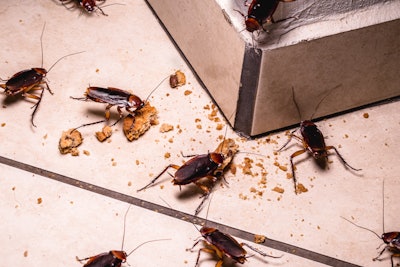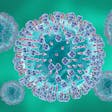
Children with asthma living in low-income urban neighborhoods face significantly reduced lung function when exposed to common in-home allergens, such as cockroaches and rodents.
That finding was published in the journal Annals of Epidemiology as part of the study, “Associations Between In-Home Environmental Exposures and Lung Function in a Safety Net Population of Children With Asthma Using Electronic Health Records and Geospatial Data.”
Researchers from Boston University School of Public Health conducted the study using electronic health record (EHR) and geospatial data of 1,070 children from a major safety net hospital in the northeastern United States. The study’s authors said it highlights the role of environmental injustice in pediatric asthma outcomes.
Most of the children enrolled in the study were Black and lived in historically segregated neighborhoods. Researchers found that a higher predicted presence of cockroaches and rodents in the home was associated with a measurable decline in lung function, as indicated by lower forced expiratory volume in one second (FEV1%).
A one-unit increase in the likelihood of cockroach and rodent presence was linked to a 2.26% and 2.58% decrease in FEV1%, respectively. While the association with cockroach exposure remained strong even after adjusting for housing and neighborhood factors, the link with rodent exposure weakened under the same conditions.
The study’s authors said they believe their findings highlight how environmental exposures in structurally marginalized communities contribute to asthma morbidity and demonstrate the potential of integrating EHR and geospatial data to assess public health risks at scale.






















